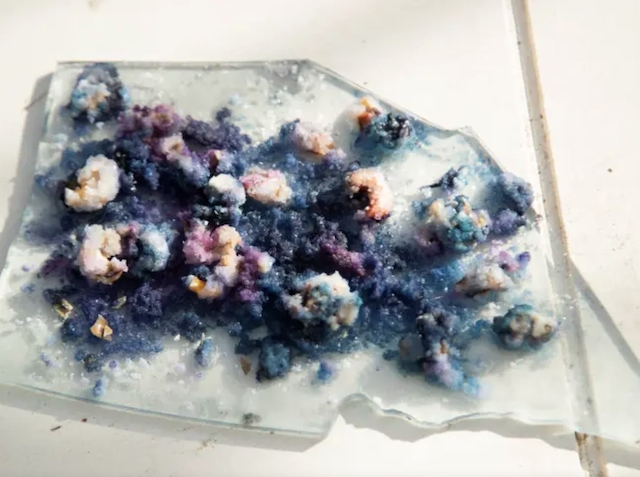A new study by the University of Haifa completely changes the story of the biblical Shikmona site near modern-day Haifa and turns it into one of the most striking and fascinating testimonies of how the Kingdom of Israel flourished as well as its extensive conquests in the north of the country between the middle of the ninth century and the middle of the eighth century BCE.
According to the research, Tel Shikmona, was a dye factory for the production of purple under Israeli control, the only and largest of its kind in the entire Levant discovered so far, which provided the prestigious and rare color to the kingdoms of the region, and apparently also Solomon’s Temple in Jerusalem.
The site of Tel Shikmona on northern Israel’s Mediterranean coast was home to a booming luxury purple dye industry that endured for almost 3,000 years.https://t.co/n3Bx3k44xq pic.twitter.com/utGMnUsC7C
— Archaeology Magazine (@archaeologymag) October 16, 2020
"The factory in Tel Shikmona, under the Israeli Kingdom control, supplied purple products, probably mainly purple dyed threads, to Cyprus and Lebanon as well as to socio-political elites and temples in the cities of Philistine, Judea, and of course to the greatness of the Kingdom of Israel. Since it was the most active purple production site and the closest to Jerusalem and in fact the only one known to us from these periods, it is most likely that it was used as the prestigious dye supplier for the temple in Jerusalem," said researchers Prof. Ayelet Gilboa and Dr. Golan Shloy from the University of Haifa.
According to Dr. Shloy, the complete set of findings tells a more complex story than what was understood at first glance. At the beginning of the Iron Age, in the 11th century BC, Phoenicians settle and establish a small site for the production of purple. In this period, the material culture is defined as Phoenician only and a local purple production takes place at the site on a limited scale.
At some point in the middle of the 9th century BC, roughly at the same time as the Israeli King Ahab ascended the throne, the factory was abandoned and possibly destroyed. A new complex was built over the ruins of the village, fortified with a retaining wall in the style characteristic of many fortified sites in the Kingdom of Israel during this period. The ceramic finds, including many everyday tools, and other finds such as seals begin to include Israeli characteristics, along with the Phoenician ones, and there is also evidence of an increased rate of purple production.
Ancient Tel Shikmona factory probably supplied the First Temple with dyehttps://t.co/KnXmP6rQrb
— Thomas Krüger (@theo_logus) June 21, 2023
Following the renewed research, a new excavation began at Tel Shikmona, which has just been completed, and cooperation has begun between many parties who are now working together to restore the site and make it accessible to the public. The Nature and Parks Authority, the Zinman Institute of Archeology at the University of Haifa, the Institute for the Study of Seas and Lakes, and the Antiquities Authority are all involved in this large-scale project.


